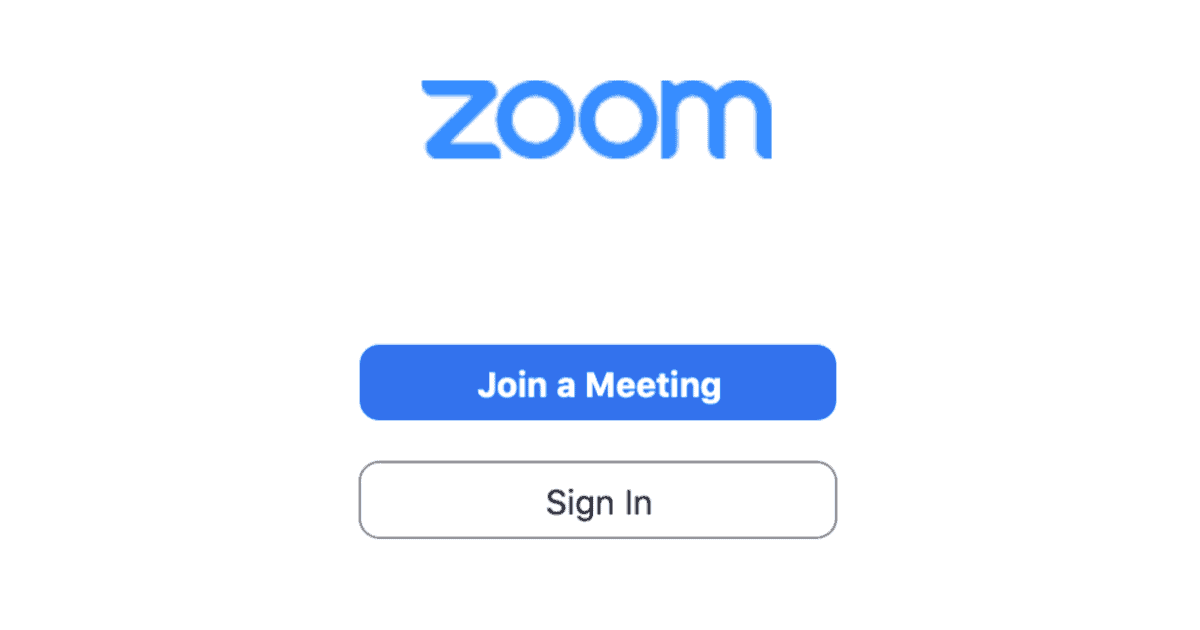



The account owner and people and apps they approve can access encrypted content stored in ZoomCloud (and Zoom can access stored content for troubleshooting if requested by the account owner). If a meeting host enables cloud recording and audio transcripts, both will be stored encrypted.The recordings are stored in both video/audio format and audio only format. Cloud Recording Storage: Cloud recordings are processed and stored in Zoom’s cloud after the meeting has ended account owners control whether these recordings are passcode-protected.Local Recording Storage: Recordings stored locally on the host’s device can be encrypted if desired using various free or commercially available tools.Recordings can be stored on the host’s local device with the local recording option or on Zoom’s cloud with the Cloud Recording option (available to paying customers). Zoom Phone Voicemail recordings are processed and stored in Zoom’s cloud and can be managed through the secured Zoom client. This ensures that the session cannot be eavesdropped on or tampered with. Private keys are generated on the device and not shared. Zoom uses both asymmetric and symmetric algorithms to encrypt the chat session. This ensures that no third party - including Zoom - has access to the meeting’s private keys.Īdvanced Chat Encryption, when enabled, allows for a secured communication where only the intended recipient can read the secured message. This content is protected during transit with 256-bit Advanced Encryption Standard (AES) using a one-time key for that specific session when all participants use a Zoom client.Įnd-to-end Encryption, when enabled, ensures that communication between all meeting participants in a given meeting is encrypted using cryptographic keys known only to the devices of those participants. Encryption: Protecting your event content by encrypting the session’s video, audio, and screen sharing.


 0 kommentar(er)
0 kommentar(er)
